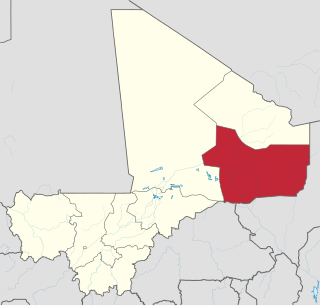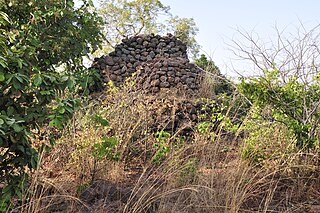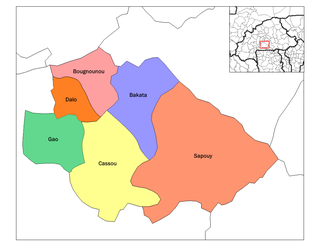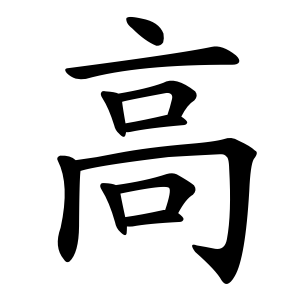
The Mali Empire was an empire in West Africa from c. 1235 - 1400. The empire was founded by Sundiata Keita and became renowned for the wealth of its rulers, especially Musa Keita. The Manding languages were spoken in the empire. The Mali Empire was the largest empire in West Africa and profoundly influenced the culture of West Africa through the spread of its language, laws and customs. Much of the recorded information about the Mali Empire comes from 14th-century North African Arab historian Ibn Khaldun, 14th-century Moroccan traveller Ibn Battuta and 16th-century Moroccan traveller Leo Africanus. The other major source of information is Mandinka oral tradition, through storytellers known as griots.

The Manding languages are mutually intelligible dialects or languages in West Africa of the Mande family. Their best-known members are Bambara, the most widely spoken language in Mali; Mandinka, the main language of Gambia; Maninka or Malinké, a major language of Guinea; and Jula, a trade language of the northern Ivory Coast and western Burkina Faso.

Mopti is the fifth administrative region of Mali, covering 79,017 km2. Its capital is the city of Mopti. During the 2012 Northern Mali conflict, the frontier between Southern Mali which is controlled by the central government and the rebel-held North ran through Mopti Region.

The Agacher Strip War was a war fought by Burkina Faso and Mali over a 100-mile (160 km) long strip of land located in the northern Burkina Faso province of Oudalan. The area, thought to contain considerable amounts of natural gas and mineral resources, was the center of a long-term border dispute between the two countries that erupted into an armed conflict on two occasions.
Manga refers to Japanese comic books or comic strip.

The Gao Region is in northeastern Mali. The capital city is Gao.
Pana or PANA may refer to:

Rollo is a small town of 7783 people and the capital of Rollo Department, Bam Province, Burkina Faso, West Africa. The Départment of Rollo has 25,000 adults, and in 2007, as part of national political decentralisation, Issa Ouermi was elected mayor of Rollo Department.
The military history of the Mali Empire is that of the armed forces of the Mali Empire, which dominated Western Africa from the mid 13th to the late 15th century. The military culture of the empire's driving force, the Mandinka people, influenced many later states in West Africa including break-away powers such as the Songhay and Jolof empires. Institutions from the Mali Empire also survived in the 19th century army of Samory Ture who saw himself as the heir to Old Mali's legacy.

Mount Tenakourou is the highest point in Burkina Faso. It is a hill situated on the border of the Cascades Region of Burkina Faso and the Sikasso Region of the country of Mali, not far from the source of the Black Volta. It has an elevation of 747 metres (2,451 ft). The hill is part of Burkina Faso's South-Western Paleozoic sandstone massif and was formed through the incline of the country's Central Plateau. The surrounding terrain is relatively flat and around 400 metres (1,312 ft) high.
Siamou, also known as Sɛmɛ (Seme), is a Kru language of the Niger–Congo language family. In 1999, it was spoken by 20,000 people in western Burkina Faso and another 20,000 in the Ivory Coast and Mali. In Burkina Faso, it is mainly spoken in the province of Kénédougou, around the provincial capital Orodara. Siamou has one major dialect, Bandougou. In addition, there are minor dialectal differences among the Siamou spoken in Orodara and in surrounding villages.
This page is based on this
Wikipedia article Text is available under the
CC BY-SA 4.0 license; additional terms may apply.
Images, videos and audio are available under their respective licenses.














